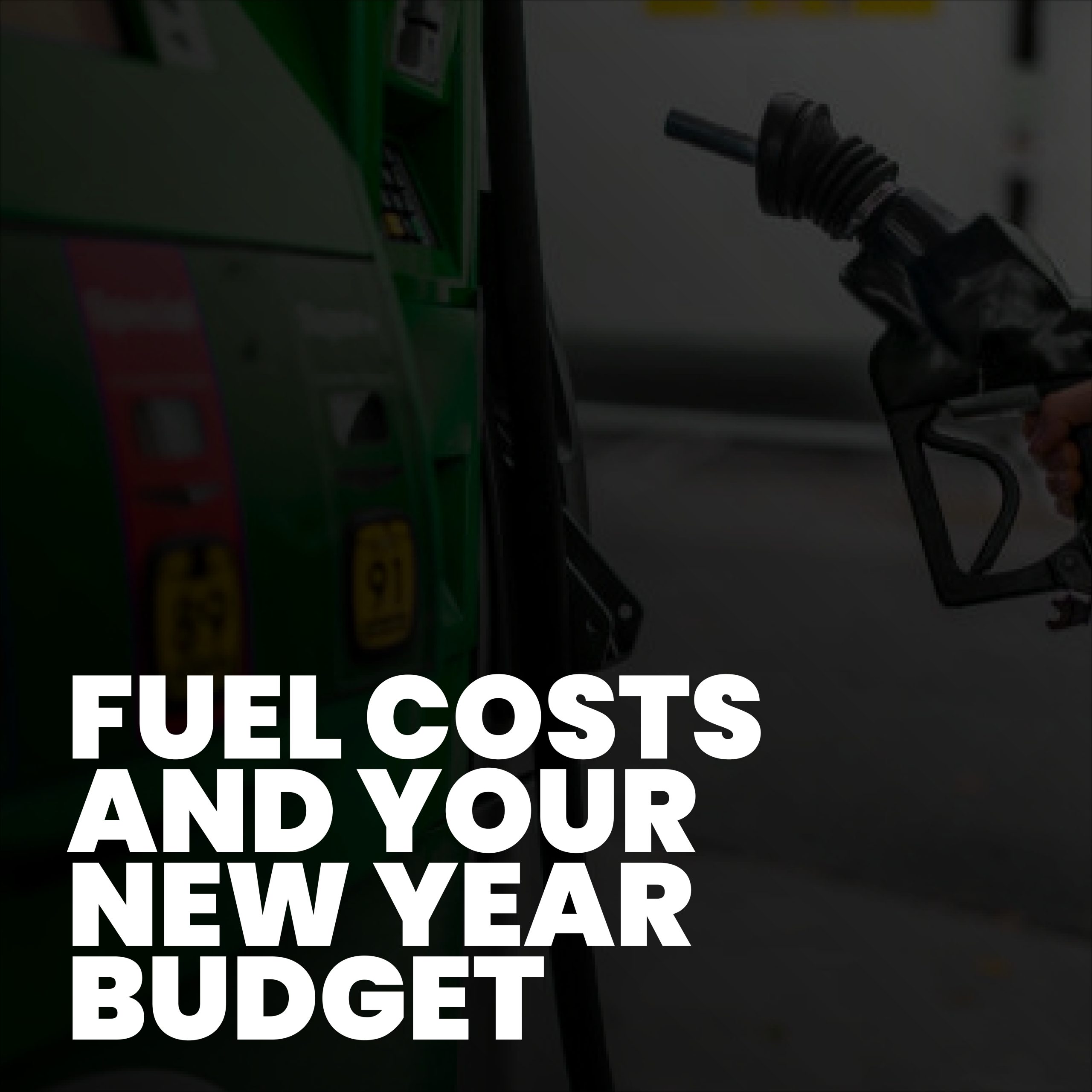Introduction
South African motorists finally catch a break on 5 November after a choppy year at the bowser. Petrol gets 51c/l shaved off, while diesel dips by roughly 19–21c/l, helped by a firmer rand and softer international oil prices. Whether you’re running school lifts, a minibus taxi, or a delivery bakkie, this drop offers timely relief ahead of holiday season miles. This guide explains the system behind the change, what you’re likely to pay by region, and the smartest ways to turn this month’s cut into ongoing savings—plus the signals to watch before December’s decision.
Fuel prices and the official November adjustment
South Africa’s regulated fuel pricing resets on the first Wednesday of each month. For November, petrol 93 and 95 fall by 51c/l, and diesel grades are lower by ~19–21c/l depending on sulphur spec. The cents-per-litre move is national, but pump boards still vary by zone thanks to transport, storage and margin differences—so inland stays a touch pricier than the coast even though the monthly change is identical. The new rates kick in 00:01, 5 November. Top up after stations update displays, and keep your slip—tracking litres and spend makes the saving tangible.
Fuel prices and the rand–dollar exchange rate
Fuel is priced off dollar-denominated imports. When the rand strengthens, the basic fuel price (a major input to the formula) eases in rand terms. During the latest review window, rand gains cushioned global energy costs. Currency swings can come from local headlines (policy, power supply, data prints) or global risk appetite. A simple hack: watch the rand in the two weeks leading into month-end. A steady, stronger rand often points to milder or negative adjustments; sharp weakness can flip the script quickly.
Fuel prices and global oil benchmarks
Brent crude steers international petrol/diesel quotes, with a short lag. Recent softness reflects ample supply, cooling demand signals, and steadier freight. But oil remains headline-sensitive: output guidance, geopolitical shocks, or shipping constraints can move prices fast. That’s why one generous cut can be followed by a small trim—or a rise—the next month. If you manage long-distance travel or fleets, build scenarios around Brent ranges to protect cash flow and pricing.
Fuel prices and inland vs coastal differences
Geography shows up on the pole sign. Coastal sites benefit from port-side logistics; inland prices include pipeline and trucking. After November’s update, inland 93 typically lands a few dozen cents higher than coastal equivalents, with diesel showing a similar spread by grade. Don’t burn fuel hunting tiny gaps. Instead, compare stations along your usual routes and favour outlets with good turnover, clean facilities, and reliable payment—consistency can beat chasing 5–10c/l.
Fuel prices and household budgets
A 50-litre petrol fill now costs roughly R25–R26 less than in October. A 70-litre diesel tank saves about R14–R15. These aren’t windfalls, but they stack up over commutes, school runs, and weekend trips. Multiply the relief with basics: correct tyre pressures, gentle acceleration, and trip-combining. A realistic 5–8% efficiency gain can outdo this month’s price cut on its own. Track litres and spend in a notes app or spreadsheet—the downward trend line is motivating.
Fuel prices and small-business logistics
For couriers, ride-hailers and trades, pump shifts feed straight into margins. Use the cut to refresh fuel surcharges, re-cluster routes by neighbourhood, and reduce empty legs. Train drivers to avoid idling, and consider simple telematics if you haven’t already. Build contract review clauses that reference the monthly adjustment so increases and relief are transparent. Pair loyalty programmes with disciplined maintenance (filters, alignment, tyre rotations) to unlock effective savings of 20–30c/l on top of the official cut.
Fuel prices and inflation pressure
Fuel costs ripple into transport and food. Lower diesel can ease freight rates and, with a lag, help calm shelf prices. One reduction won’t rewrite inflation, but it can nudge expectations—important for rate-setting and business planning. If relief persists into summer, retailers may stabilise promotions rather than push steep hikes. Consumers can help by skipping pre-adjustment panic fill-ups that create localised spikes and strain supply chains.
Fuel prices and the pricing formula explained
The regulated price blends international product quotes, freight/insurance, local taxes and levies, wholesale/retail margins, and zone-based transport differentials. The biggest movers month to month are the basic fuel price (tied to global markets) and the average rand–dollar rate across the pricing window. Levies usually change on fixed calendars, not monthly. Because the formula uses averages, a brief mid-month flare-up matters less unless it lasts.
Fuel prices and practical saving strategies
- Time it right: Fill after the official switch, not the night before.
- Be app-smart: Compare nearby stations, but weigh the traffic and detour cost.
- Drop weight & drag: Clear the boot; remove roof racks when idle.
- Drive smooth: Early upshifts in manuals; use Eco modes in autos.
- Match your octane: If your engine is certified for 93, don’t pay for 95 out of habit.
Stacking two or three habits often beats a single monthly reduction by a wide margin.
Fuel prices and what to watch for December
December’s call will hinge on the rand trend and Brent trajectory through the new window. Keep an eye on weekly oil-inventory data, producer output guidance, and local currency drivers (economic releases, power-supply updates). Late-month under/over-recovery estimates give a directional hint, but only the official announcement sets the number. If markets stay calm, expect smaller moves; if shocks hit, plan for volatility. Bank a slice of this month’s saving as a buffer.
FAQs
What changed in November’s fuel prices?
Petrol fell 51c/l and diesel ~19–21c/l effective 5 November, primarily due to a stronger rand and softer oil/product prices.
How do inland fuel prices compare with coastal?
Inland pumps are generally higher because of extra logistics, though the monthly change is the same nationwide.
Can I predict next month’s fuel prices?
You can track the rand and Brent for clues, but only the official announcement confirms the exact adjustment.
Conclusion
November’s reduction delivers welcome relief: petrol −51c/l, diesel −~19–21c/l. The move reflects a sturdier rand and easier international benchmarks feeding the regulated formula. Turn the headline into durable savings with efficient driving, tidy maintenance, and smarter routing. Keep watching market signals into the next window—and stash part of this month’s gain to cushion whatever December brings.




